
Recycled Polyester: Textile Test Series Investigates An Imperfect Ecofashion Hero
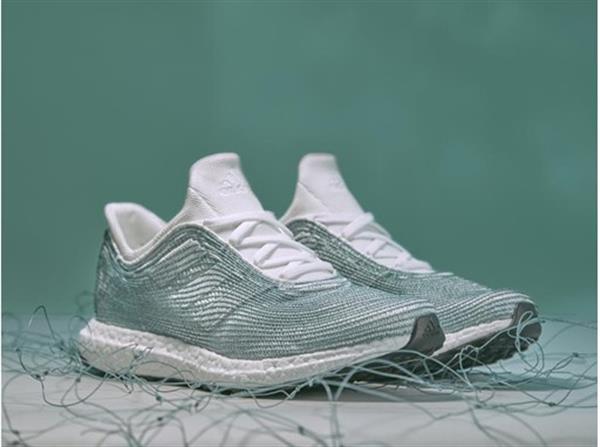
Your favorite sneakers, t-shirts, and underwear might just be made of recycled plastic bottles. Recycled PET, or recycled polyester, has been part of the fashion cycle for over a decade. And its presence has added a sustainable edge to millions of garments. Fun fact: polyester is rumored to have been developed to replace silk.
The original polyester ws made with oil; it was invented by famed scientist William Carothers who later abandoned it to invent nylon. By 1941, a few British scientists refined Carothers’ work and invented the first polyester fabric, terylene. The patent to the Terylene was later sold to DuPont, the company that Carothers worked for, and the rest is a large part of fashion history.
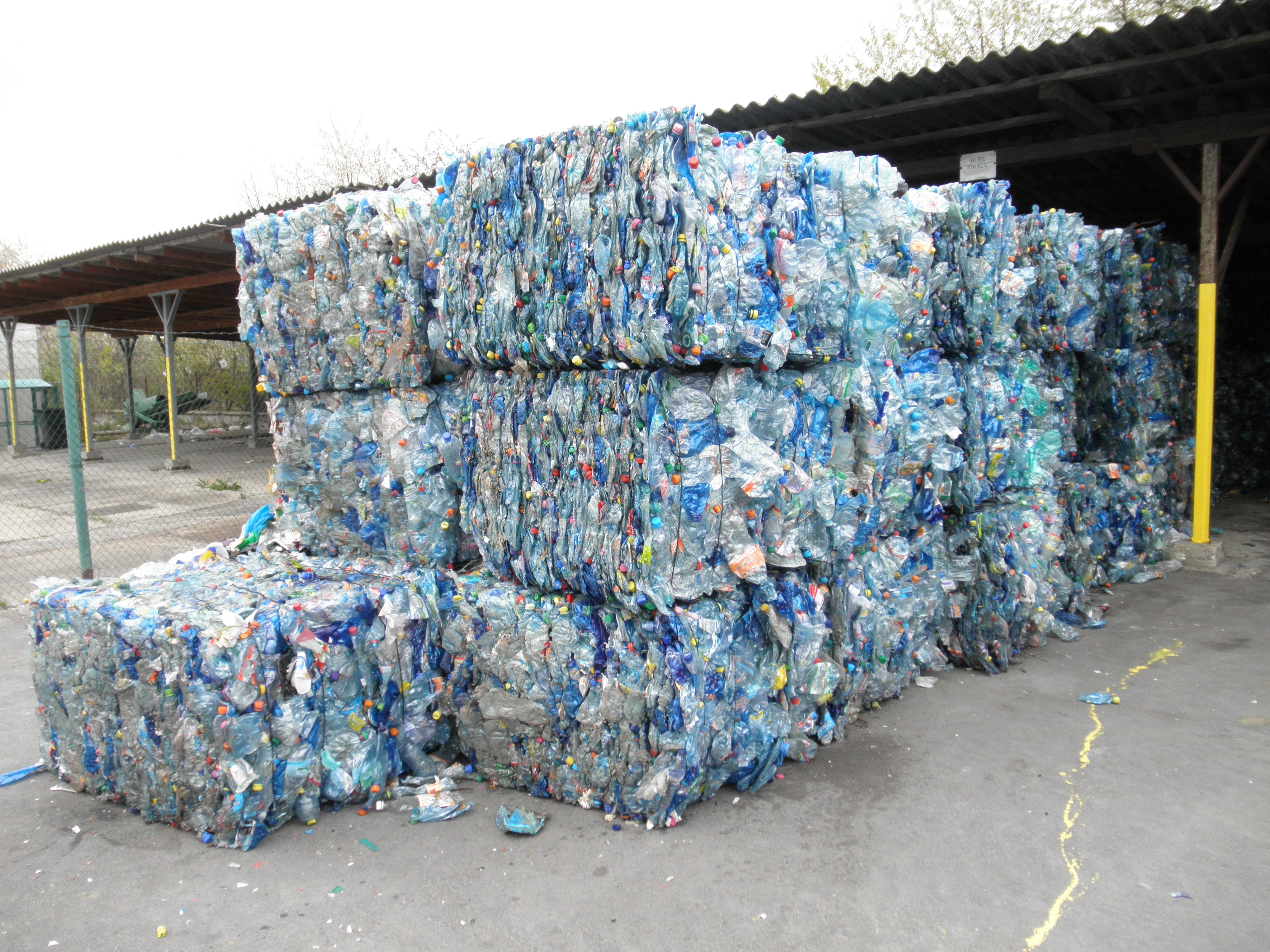
At the outset, polyester was marketed as a durable fabric. Lauded for its ease of use, the fabric gained popularity with housewives and businessmen alike. It was sold as easier to wear and manage than more natural fabrics like cotton—and cheaper too. That reputation was short-lived. In the decades following the 1940s, polyester has now has the reputation of being cheap and problematic for those with sensitive skin.
And polyester’s creation requires the use of chemicals that become allergens. Yet, unlike the general public, textile scientists hadn’t lost faith in polyester’s potential. They continued to find ways to blend it into natural fabrics and refined the production process to give fashion lovers a softer and more wearable fabric. Recycled PET fits right into the contemporary approach to polyester and it has become an oft-used eco-conscious fabric.
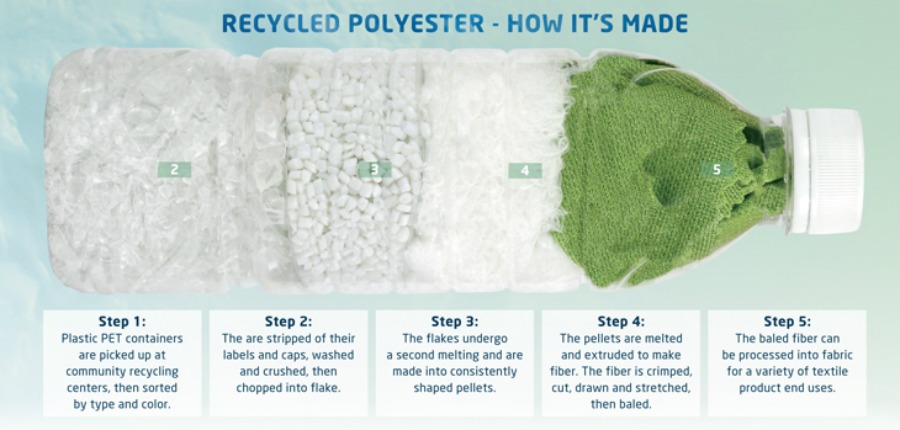
Recycled polyester is a revolutionary approach to wrangling with the waste of discarded plastic bottles. A serious environmental issue, plastic can be hard to reconcile with for both individuals and large environmental organizations. It doesn’t biodegrade with time, it just breaks into smaller and smaller pieces. It hurts delicate oceanic ecosystems whose diversity is integral to life on the planet.
Yet, it’s become a staple in most human homes. Plastic components even make up parts of the the computer or phone from which you read this article. Sodas, water bottles, lotion bottles, juice cups share a commonality that we have to reckon with if we are to move into a sacred and healthy earth. Recycled PET gives us a chance to do just that.
How Recycled Polyester Is Made
After plastics are collected from various recycling centers, they are sold and sorted. This sorting requires that the colored plastics are separated from the clear ones. The clear/white plastic will be used to create white fabric that absorbs a rainbow of dyes.
This process of turning the waste plastic into fabric is complicated: First, the plastic must be heated, treated, and reheated by machines multiple times before it is pressed and molded into a soft fabric. In the video below, you can see that recycled polyester requires a two-part process: one with a company that sorts and mixes the plastic, and the other with a company that presses the plastic into fiber and fabric.
What’s It Good For?
As we speak, scientists are discovering new ways to incorporate recycled materials like PET into larger contexts beyond fashion. Currently, it can be found in everything from pants and shirts, dresses and tanks to home textiles, bags and accessories from a variety of companies. Reusable plastic water bottles can be made from a hard-plastic version of the material.
Sportswear company Adidas’ made a splash earlier this year by harnessing the power of good to clean the oceans by making shoes with recycled PET. Partnering with the Parley for the Ocean, an organization that recycles old fishing nets and ocean plastic, the Adidas team has managed to galvanize the sportswear industry to look to innovate a more sustainable future.
Threads 4 Thought (see our review of the brand here) is another company that makes wide use of recycled polyester in its products: In 2015, Threads 4 Thought’s Active Wear Line kept 1.5 million plastic bottles out of landfills, and they make all kinds of casual clothing from the material (our editor has a rainbow-striped recycled polyester open-backed shirt of theirs that’s going on its third summer).

The Downside to Recycled Polyester
As we have discussed with other textiles in our test series, no fabric is perfect. While recycled polyester is made from a waste material, providing a place for that material to be used (important!), is long-lasting and durable, takes colors beautifully, and can be made in many weights, polyester is still polyester. It is a plastic material that will never biodegrade, and so end-of-life issues abound. Can material made from recycled plastics be recycled? The short answer is yes—but the system is still in its infancy, according to those who are leading that charge.
“Technically, there is no difference between reprocessed and virgin polyester. If you’re making a garment out of polyester, there’s no question that using a closed-loop supply will give you exactly the same quality as a using a virgin supply,” Mark Shayler, the founder of Ape, told Sustainable Brands. But all of that recycling at end-of-life depends on consumers bringing their clothing back to a recycler—and textiles are the part of the waste stream that is least recycled, at this point.
There are also issues when any type of polyester is mixed with other biodegradable materials. You commonly see these mixes, and most technical fabrics (for outdoor clothing and the like) mix a recycled polyester with nylon, lycra for stretch, or cotton. Whenever a material is mixed with another the further recyclability of the item becomes next to impossible, even if current models are more widely available for polyester recycling.
All of that detail about the end-of-life solutions doesn’t take into account upcycling or reuse, or course, which are still a very viable option for recycled polyester—or any material, of course.
Where You Can Get It
Increased consciousness from both consumers and retail companies themselves, recycled PET garments are now widely available. As the OG of recycled polyester, Patagonia (below) is the first place to look. They’ve been using the fabric for decades so you can trust that they’ve developed special ways to perfect the use of the materials. Check out this cheerful and bright raincoat rain poncho for your summer outings:
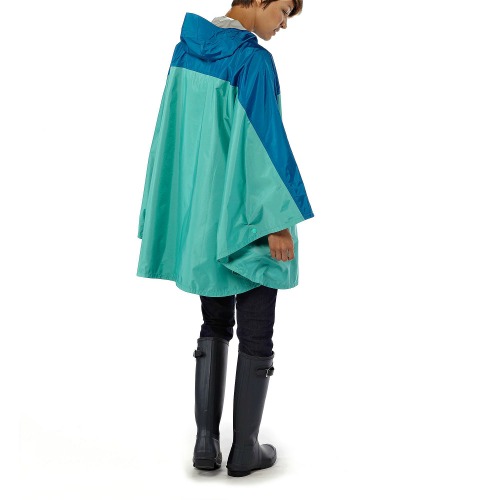
Private brands such as Akomplice (below) are using recycled PET to make casual contemporary menswear with a soul. Check out this soft gray shirt, and the salmon joggers on their site. If you like your clothes gender neutral or are looking to introduce the masculine people in your life to some cool eco digs, then they will be a welcomed addition to your closet.
If you are a fashion designer looking for ways to use this material, check out Lauffenmuhle’s offerings via the Cradle to Cradle Products Innovation Institute’s Fashion Positive Materials Collection, Infinito Yarns and Reworx textiles.
These are just a small taste of what recycled polyester can provide. For more eco-fashion ideas, please click here.
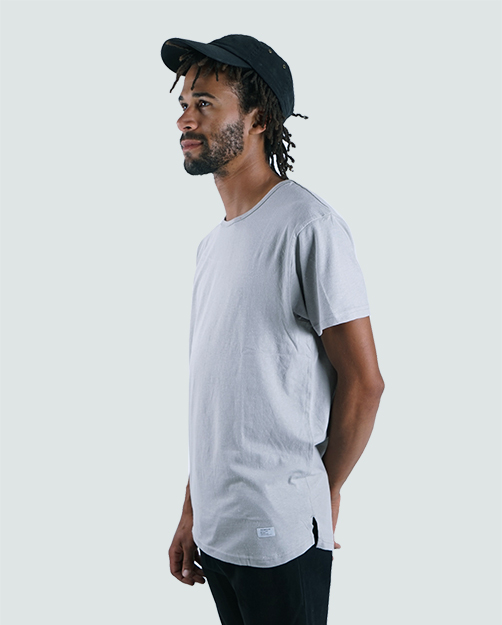
Verdict
Recycled polyester is at the beginning phases of what will probably become a fully circular fabric in the future, but clothing recycling as a concept is still so new, that current items made with the material, especially those that are mixed with other fabrics, will probably end up on the planet for a very long time since the material won’t go anywhere unless it is reused.
At the same time, it’s important to support the innovative businesses who are doing the important early work of developing the fabric, and figuring out how best to recycle it. And it is very durable, so if you buy it (as with everything!) use it for as long as you possibly can, then look around for ways to recycle it—in a decade there might be facilities to do just that, or at the very least, make sure it goes to GoodWill or Salvation Army where if its not usable, it can be upcycled into pillow stuffing.
Read up on other fabrics in our Textile Test Series below:
Is Tencel (Lyocell) an eco-friendly fabric?
Is Bamboo a Sustainable Textile Fraud?
What Does Made in the USA Really Mean?
Silk Is An Ancient Natural Fabric, But Is It Ethical?



